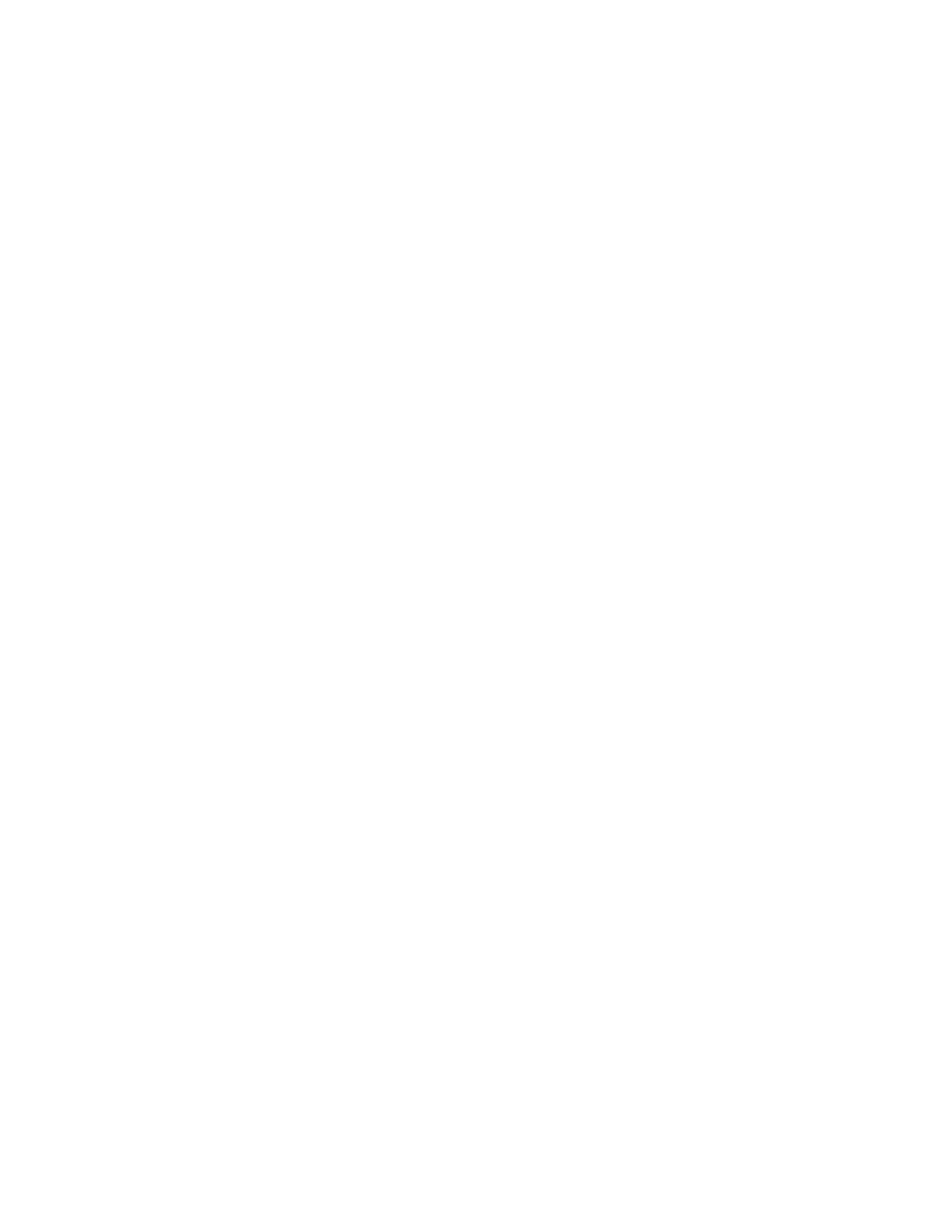

Chapter 6: Troubleshooting
Electrical Theory & Applications for HVACR
7. Which of the following service calls or troubleshooƟng problems are the most common for techni‐
cians?
A.
electrical problems
B.
refrigerant choices
C.
thermostat in the wrong place
D.
dirty condenser
8. Making unsystemaƟc measurements or randomly replacing parts:
A.
rarely solves problems
B.
works best with most problems
C.
cannot ever repair the unit
D.
is the prescribed systemaƟc method
9. Which of the following is an operaƟonal control?
A.
contactor
B.
thermostat
C.
fan limit switch
D.
overload
10. Voltmeter leads are placed across the switch for a burning light bulb operaƟng on 120 volts. How
many volts AC should it measure?
A.
half of the applied voltage
B.
all of the applied voltage (120 volts)
C.
no voltage across the control
D.
the voltage from the bulb or load
11. Using an ammeter to measure the total amperage of three 5‐kW, 240‐volt, single‐phase heaters,
how many amps should be measured aŌer all three elements are energized and sequenced on?
A.
15 amps
B.
16 amps
C.
62.5 amps
D.
87.5 amps
12. What method is best for electrical troubleshooƟng on heaƟng/cooling equipment?
A.
the methodical procedure for troubleshooƟng: understanding Ohm’s Law, rules for
series and parallel circuits, and related components.
B.
learning everything from observing someone on the job
C.
the pracƟcal method of changing the parts out unƟl it works
D.
always calling someone to do it for you unƟl you think you may know how
13. What diagram for electrical wiring has loads/components in parallel across lines 1 and 2?
A.
simple series
B.
pictorial
C.
ladder
D.
symbols










